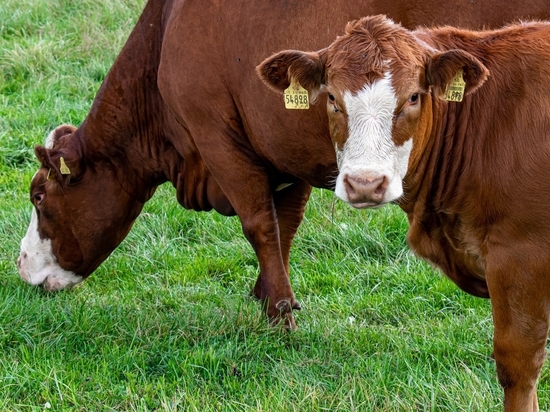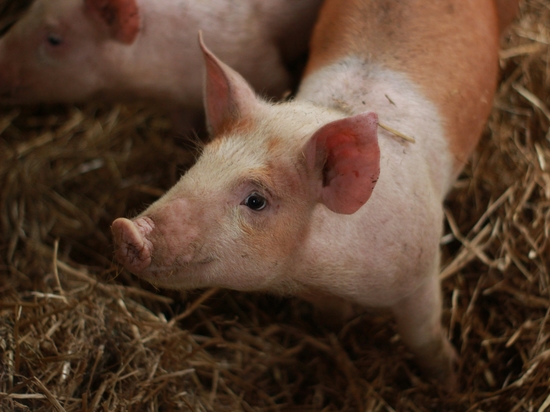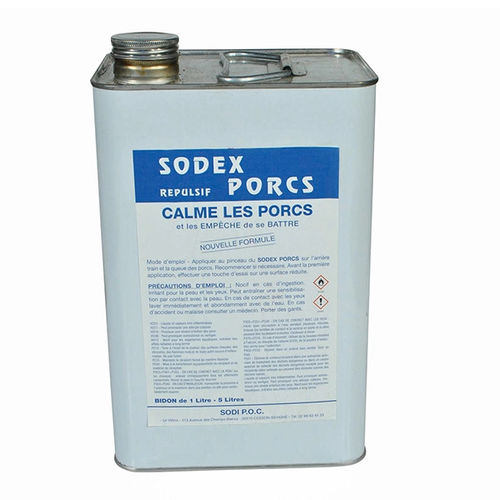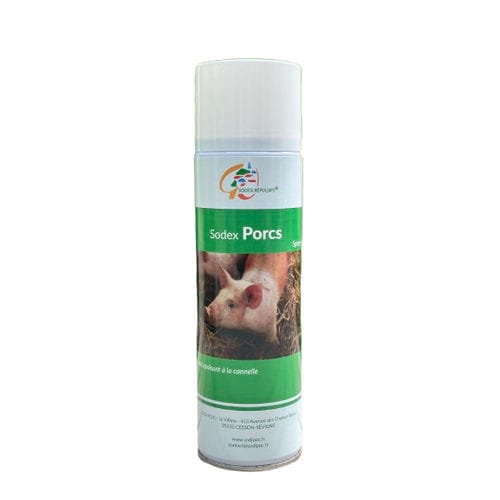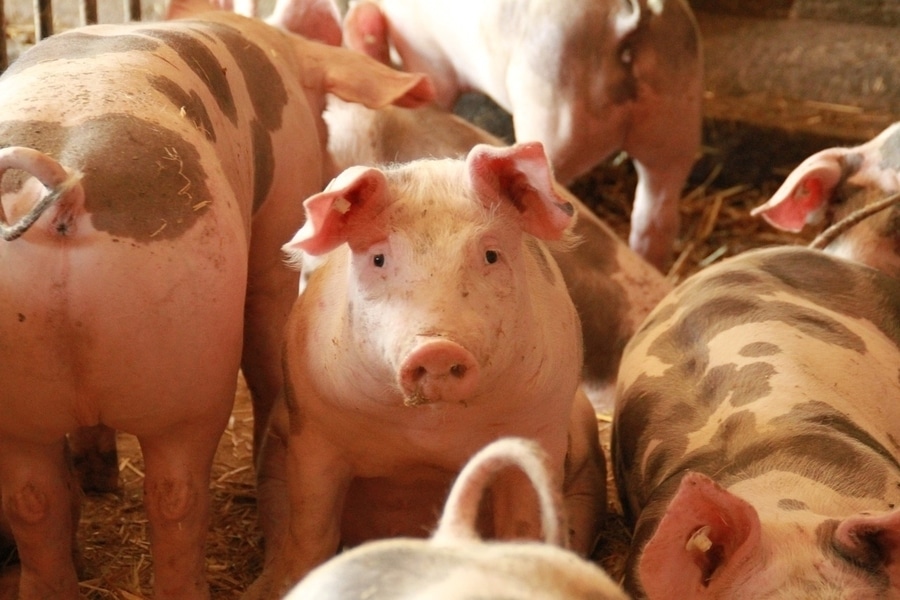
#Industry News
Economic consequences of tail biting in pig farms.
Present in many pig farms, biting and cannibalism often have serious consequences for the animals.
Although tail docking in pigs has greatly reduced this type of aggressive behavior, the ban on systematic tail docking in piglets requires an adaptation of practices and the living conditions of the animals, for reasons of animal welfare but also for economic reasons.
Indeed, tail biting problems lead to increased costs for the breeder; the additional workload for care, treatment costs, the use of antibiotics to prevent infections, etc., are all costly in terms of time and money.
Furthermore, tail biting results in economic losses at slaughter, as it leads to reduced animal growth and increased carcass seizures [1][2]. Thus, according to research conducted by IFIP (the French Pork Institute), while the incidence is low for animals with minor injuries, the weight of carcasses with serious tail lesions is significantly lower than that of others, and the associated average loss of earnings is €3.60 [3]. Other studies conducted in the United Kingdom [4] show that the economic loss can be as high as 43% of the gross margin per pig.
Finally, let us note that tail biting, by harming animal welfare, also compromises the reputation of the pork industry as a whole[5].
But then, do the existing solutions really allow us to combine animal health and production performance? It would seem so: for example, Finland and Sweden, which have completely stopped practicing systematic tail docking, have an average production cost of €1.66 and €1.63 per kg of carcass weight, which is not the highest price in the European Union[6]. The key lies in the constant observation of pigs and the rapid implementation of solutions, in order to prevent risky behaviors and situations. While this requires some immediate investments, these are largely offset by the long-term gains[7].
[1]La caudophagie chez les porcs, Déborah Temple, Eva Mainau, Xavier Manteca, AWEC (https://awecadvisors.org/fr/animaux-delevage/la-caudophagie-chez-les-porcs/)
[2]Ne plus avoir besoin de couper la queue, Commission Européenne, ISBN978-92-79-67553-9 (https://food.ec.europa.eu/document/download/13883190-2fcb-486c-9d13-32cc5076031d_en?filename=aw_practice_farm_pigs_tail-docking_fra.pdf)
[3]50es Journées de la Recherche Porcine, 6 et 7 février 2018, Paris, p. 333-334, poster, 50es Journées de la Recherche Porcine, 2018, 6 et 7 février 2018, Paris, poster (https://ifip.asso.fr/documentations/35274-evaluation-de-la-prevalence-de-caudophagie-par-la-notation-des-carcasses-en-abattoir/)
[4]Docking the value of pigmeat? Prevalence and financial implications of welfare lesions in Irish slaughter pigs, S Harley, LA Boyle, NE O’Connell, SJ More and al., Animal Welfare 2014 (https://www.researchgate.net/publication/264058115_Docking_the_value_of_pigmeat_Prevalence_and_financial_implications_of_welfare_lesions_in_Irish_slaughter_pigs)
[5]Ne plus avoir besoin de couper la queue, Commission Européenne, ISBN978-92-79-67553-9 (https://food.ec.europa.eu/document/download/13883190-2fcb-486c-9d13-32cc5076031d_en?filename=aw_practice_farm_pigs_tail-docking_fra.pdf)
[6]La caudectomie : enfin une pratique du passé? , Groupe Phodé (https://www.phode-animalcare.com/caudectomie-enfin-une-pratique-du-passe-partie-1/)
[7]Ne plus avoir besoin de couper la queue, Commission Européenne, ISBN978-92-79-67553-9 (https://food.ec.europa.eu/document/download/13883190-2fcb-486c-9d13-32cc5076031d_en?filename=aw_practice_farm_pigs_tail-docking_fra.pdf)



